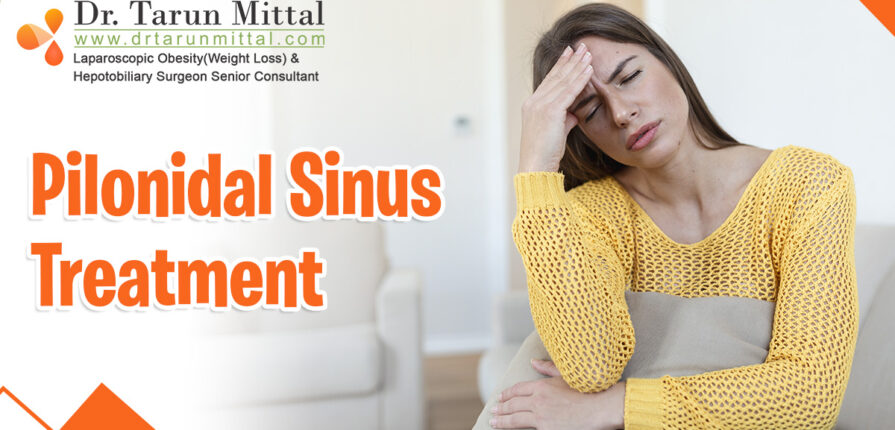Pilonidal sinus is a common condition that occurs in the cleft of the buttocks and can cause discomfort and pain. Effective treatment is crucial to alleviate symptoms and prevent recurrence. If you are looking for Endoscopic Pilonidal Sinus Treatment in Delhi, Dr Tarun Mittal is the most qualified surgeon. Dr Tarun Mittal, a distinguished surgeon and expert in a wide variety of surgical procedures, has earned a reputation as the best surgeon in Delhi.
Here are some tips for effective pilonidal sinus treatment
1. Maintain Good Hygiene
Keeping the affected area clean is essential for preventing infection and promoting healing. Wash the area with mild soap and water regularly, and gently pat it dry with a clean towel. Avoid using harsh chemicals or abrasive materials that may irritate the skin.
2. Warm Compresses
Applying warm compresses to the pilonidal sinus can help reduce pain and inflammation. Use a clean, warm cloth or a heating pad on a low setting and apply it to the affected area for 10-15 minutes several times a day. The warmth can help increase blood flow and promote drainage of the sinus.
3. Use Antibacterial Creams
Topical antibacterial creams or ointments may help prevent infection and promote healing of the pilonidal sinus. Apply the cream as directed by your healthcare provider after cleaning the area thoroughly. Be sure to use products recommended by your doctor to avoid adverse reactions.
4. Avoid Prolonged Sitting
Prolonged sitting can exacerbate pilonidal sinus symptoms by putting pressure on the affected area and restricting blood flow. Whenever possible, take breaks from sitting and try to maintain good posture. Use cushions or pillows to relieve pressure on the buttocks when sitting for extended periods.
5. Consider Hair Removal
Excessive hair in the cleft of the buttocks can contribute to the development of pilonidal sinus. Consider hair removal methods such as shaving, waxing, or laser hair removal to reduce the risk of recurrence. Consult with your healthcare provider to determine the best hair removal option for you.
6. Drainage and Packing
For more severe cases of pilonidal sinus, drainage and packing may be necessary to remove pus and promote healing. Your healthcare provider may perform an incision and drainage procedure to drain the sinus and insert a packing material to keep the wound open and allow for continued drainage. Follow your doctor’s instructions for wound care and changing the packing.
7. Surgical Intervention
In cases of recurrent or chronic pilonidal sinus, surgical intervention may be necessary to remove the sinus tract and prevent future episodes. Surgical options may include excision of the sinus tract, flap closure techniques, or minimally invasive procedures such as laser treatment or pit picking. Discuss the benefits and risks of surgical treatment with your healthcare provider to determine the most appropriate option for you.
Conclusion
Effective pilonidal sinus treatment requires a comprehensive approach that addresses symptoms, promotes healing, and reduces the risk of recurrence. By practising good hygiene, using warm compresses, applying antibacterial creams, avoiding prolonged sitting, considering hair removal, undergoing drainage and packing when necessary, and exploring surgical intervention when appropriate, individuals can effectively manage pilonidal sinus and improve their quality of life. Always consult with a healthcare professional for personalized treatment recommendations and guidance tailored to your specific needs and conditions.


